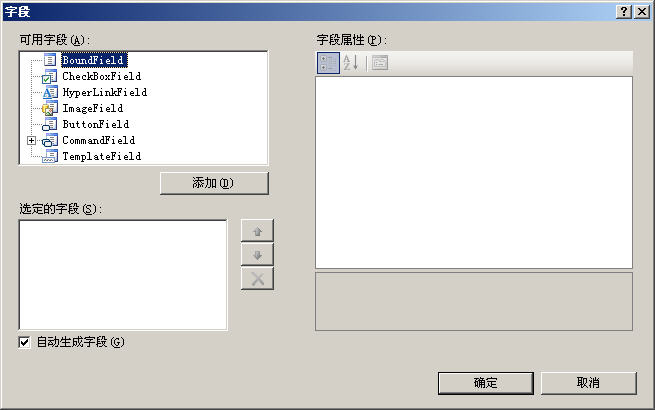asp.net中禁止页面缓存程序代码
方法一:导航时用服务器端的Response.Redirect方法,或者用前端得window.location.replace方法。
方法二:禁用ASP.NET页面缓存。
在必要的时候我还是推荐方法二的。因为我们做开发的不能控制浏览器的设置。用户如果把IE设置为从不检查更新缓存的问题则不好避免,所以还是用方法二,让IE的临时文件夹不存在页面文件。
另外,是否禁用页面缓存要根据实际情况来说,起初我认为页面缓存只是缓存在服务器,后来看了一篇blog
发现缓存的意义还是很大的。在很多情况下可以大大减小服务器的压力。只不过开发过程中要多多从需求出发,不能盲目的设置什么属性。
直接在浏览器中禁止
| 代码如下 | 复制代码 |
|
<html> |
|
asp.net中禁止页面缓存
服务器端
| 代码如下 | 复制代码 |
|
Response.Buffer = true; |
|
全局配置 Global
| 代码如下 | 复制代码 |
|
protected void Application_BeginRequest(Object sender, EventArgs e) |
|
Aspx页面
| 代码如下 | 复制代码 |
|
<%@ OutPutCache Location="None"%> |
|
C#中禁止cache的方法!
| 代码如下 | 复制代码 |
|
Response.Buffer=true; |
|
补充:asp.net教程,.Net开发




